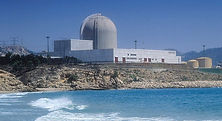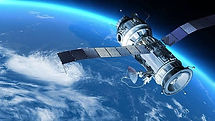
why nuclear?
To limit the impacts of climate change, the world must rapidly reduce its dependence on fossil fuels to reduce greenhouse gas emissions.
Nuclear energy is low-carbon and can be deployed on a large scale at the timescale required, supplying the world with clean, reliable, and affordable electricity.
Nuclear TODAY
Nuclear power capacity worldwide is increasing steadily, with almost 60 reactors under construction.
The steady growth is being witnessed in most regions worldwide, but more plans are in the Asian region, though there are major plans for new units in Russia. Further emphasis is also being put on upgrading and restarting nuclear power plants in nations like Japan. Nuclear power plants (NPPs) lifetime extension programmes are maintaining capacity, particularly in the USA.

N4C Position paper 2025
Nuclear for Climate’s call for decisive and evidence-based climate action
As the world heads to COP30 in Belém, the first Global Stocktake shows we are not on track for 1.5°C. Nuclear for Climate issues a clear call to action: embrace every proven solution and give nuclear energy a level playing field. Our 2025 Position Paper outlines practical steps for Parties to integrate nuclear into national climate strategies, unlock green and blended finance, invest in skills and youth, and foster open, science-informed public engagement.
Nuclear is clean, dispatchable and increasingly versatile. Paired with renewables and digital innovation, it can anchor resilient, low-carbon systems and accelerate progress toward net zero.
Old N4C position paper
Nuclear applications
Nuclear applications are wide and diverse, ranging from power generation, medical use, agriculture, industrial use, space exploration, food irradiation, desalination, and many others.

Achieve SDGs

Nuclear energy & the sustainable development goals
The world has been strongly impacted by human activities over the last century, intensifying and accelerating the effects of global warming and climate change.
The overuse of resources compromises our ability to meet our and future generations' needs; therefore, action is needed now.
Energy is essential to achieving a sustainable future for all; decarbonising this industry is critical whilst ensuring an abundant and affordable supply.
To achieve this, we must deploy low-carbon energy technologies, including nuclear.
Additionally, nuclear science and technology have applications in agriculture, food security, art, medicine, history preservation, environment, mining, etc.

















